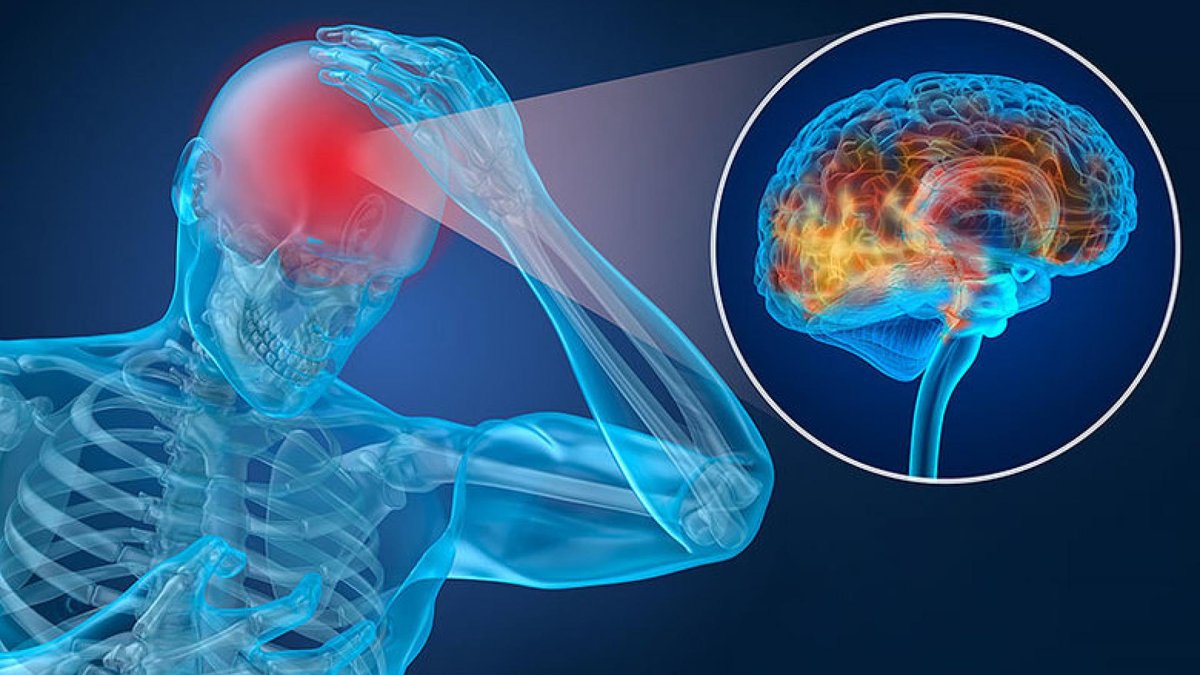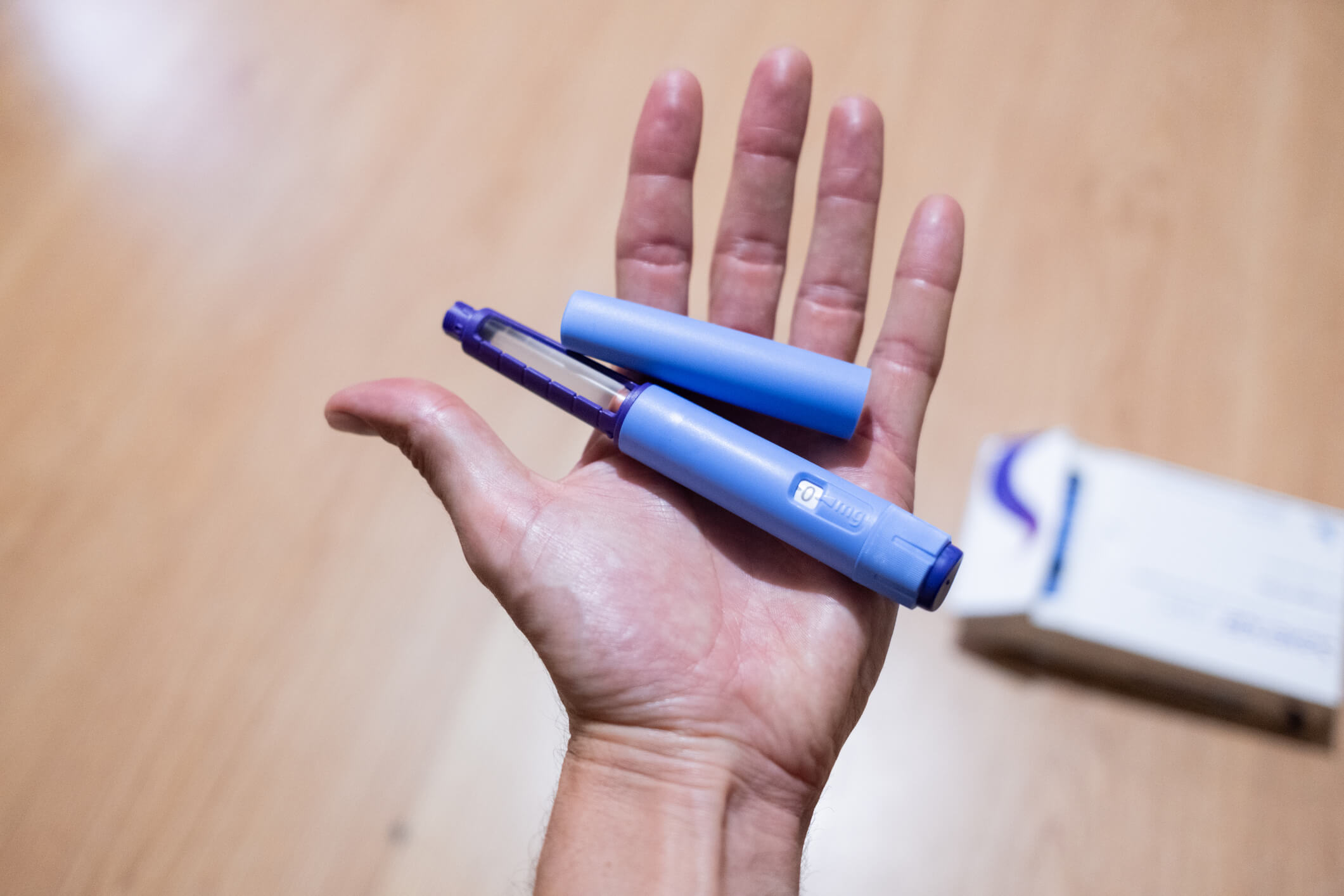
Learn what traumatic brain injury is and how it can increase the risk of developing Alzheimer’s disease.
What is Traumatic Brain Injury?
Traumatic brain injury (TBI) occurs when a physical force acts on the head, leading to altered brain function. Examples of trauma-induced abnormalities include a decrease or loss in consciousness, persistent headaches, sleep disturbances and changes in mental functions like memory and attention.
TBI is a leading cause of disability and death among young people and is most often associated with falls, motor vehicle accidents, assaults, military service, and engagement in contact sports (like football, boxing, and hockey).Sadly, the most common cause of TBI in women is intimate partner violence. Brain injuries linked to this violence occur at over five times the rate of sport-related concussions for both men and women each year.
TBI severity is graded from mild to severe based on clinical symptoms such as the level of consciousness. Concussion is a type of “mild” TBI and the majority of TBI cases (60-80%) are considered mild. Mild TBI and concussion, however, are more challenging to diagnose than moderate-severe TBIs. Tools like neuroimaging and blood biomarker tests are actively being studied to better diagnose mild TBI and concussion.
Traumatic Brain Injuries Are a Risk Factor for Dementia
Individuals that sustain a moderate-to-severe TBI are reported to be two to five times more likely to develop dementia, including Alzheimer’s disease, later in life when compared to uninjured individuals.
A recent analysis of late-life cognitive deficits in over 15,000 participants reported that one or more moderate-to-severe TBIs can worsen attention, executive function (skills like planning and organizing), and how fast the brain processes information.
It is less clear whether mild or mild repeat injuries are also associated with increased dementia risk. In the same study, poorer attention to tasks appeared with even a single mild TBI compared to those without one. Four or more mild TBIs resulted in additional challenges with processing speed and working memory—a form of short-term memory that helps you perform daily tasks like remembering your shopping list.
Though TBIs—especially severe—are a risk factor for dementia, more research is needed to understand the long-term effects on brain health.
How Does a Traumatic Brain Injury Affect the Brain?
Disrupted function of brain cells and their connections after TBI are believed to be caused by the vigorous mechanical strains and deformations that are sustained during impact.
Experimental data from laboratory studies by our group and others show that concussions induce the brain’s inflammatory response as soon as a few hours after injury. These inflammatory signals activate immune cells, which may persist for months in the brain, creating a sustained chronic inflammatory environment.
Acute, short-term inflammation is necessary for tissue healing and repair, but chronic brain inflammation can result in prolonged injury to brain cells. This may eventually trigger degeneration of the brain and lead to dementia.
Alongside this, injured neurons also undergo cellular stress and disrupted metabolism that can result in an abnormal production of toxic proteins and difficulties clearing them from the brain. One such toxic protein is phosphorylated tau (p-tau)— one of the major pathological accumulations in other brain degenerative diseases, including Alzheimer’s.
Recent studies examining autopsy brains from retired contact sport athletes suggest that multiple concussions sustained over a career may be associated with a brain degenerative condition called chronic traumatic encephalopathy (CTE). CTE brains are characterized by shrinkage of brain tissue and accumulation of p-tau around blood vessels, particularly at the bottom of the folds in the brain.
These findings suggest that TBI and brain degeneration may share overlapping pathways, such as chronic brain inflammation and the accumulation of toxic proteins.
Genetic Risk Factors and Traumatic Brain Injury
Several research studies have been performed to investigate genetic risk factors that would negatively impact TBI outcomes. One of the potential candidates is the Alzheimer’s risk gene, APOE4. In preclinical studies, the APOE4 gene is associated with accumulation of amyloid-beta, a protein associated with Alzheimer’s, and disruption of brain blood vessel health after TBI.
A recent study utilizing data from a large U.S. veteran biobank called the Million Veteran Project showed that the prevalence of Alzheimer’s disease and related dementias was associated with post-traumatic stress disorder and TBI and increased with the number of inherited APOE4 alleles.
Some studies suggest that <APOE4 may be associated with poorer long-term recovery after TBI, while others have not found a link between APOE4 and concussion or CTE risk. As such, more clinical research is needed to better understand the relationship between APOE4 and brain injuries.
Predicting Diagnosis and Recovery
Another major avenue in TBI research is the development of fluid biomarkers. Biomarkers are important because they can assist in diagnosis and can also be used to predict recovery.
The Food and Drug Agency (FDA) has approved two biomarkers called glial fibrillary acidic protein (GFAP) and ubiquitin carboxyterminal hydrolase L1 (UCH-L1) that can be tested in blood to aid clinicians decide on whether a head computed tomography (CT) scan is needed after a TBI. Considerable global efforts are in progress to identify biomarkers to improve diagnosis of TBI (especially mild) and to predict recovery.
Improved technology now allows us to measure hundreds of fluid biomarkers in very small blood samples.
Summary
TBI research is very complex, as TBI can happen to any person at any time of life, by many causes. Currently, there is no cure for TBI. However, with recent advancements in technology and research, we are developing better tools to diagnose TBI and predict its outcomes. We are also gaining more insights into how TBI may trigger or exacerbate mechanisms known to be involved in neurodegeneration.
In the future, we hope to be able to identify risk factors for TBI and help improve management strategies. The ultimate goal is, of course, to develop effective treatments for TBI. However, as TBI involves damage to different types of brain cells, disruption of brain blood vessels, accumulation of toxic proteins, chronic inflammation, and brain atrophy, it is unlikely that we will come up with one single magic bullet. The more likely scenario is that we will develop different therapeutic approaches to target different aspects of TBI in a person-centered approach.
About BrightFocus Foundation
BrightFocus Foundation is a premier global nonprofit funder of research to defeat Alzheimer’s, macular degeneration, and glaucoma. Since its inception more than 50 years ago, BrightFocus and its flagship research programs—Alzheimer’s Disease Research, Macular Degeneration Research, and National Glaucoma Research—has awarded more than $300 million in research grants to scientists around the world, catalyzing thousands of scientific breakthroughs, life-enhancing treatments, and diagnostic tools. We also share the latest research findings, expert information, and resources to empower the millions impacted by these devastating diseases. Learn more at brightfocus.org.
Disclaimer: The information provided here is a public service of BrightFocus Foundation and is not intended to constitute medical advice. Please consult your physician for personalized medical, dietary, and/or exercise advice. Any medications or supplements should only be taken under medical supervision. BrightFocus Foundation does not endorse any medical products or therapies.
- Brain Health
- Risk Factors








